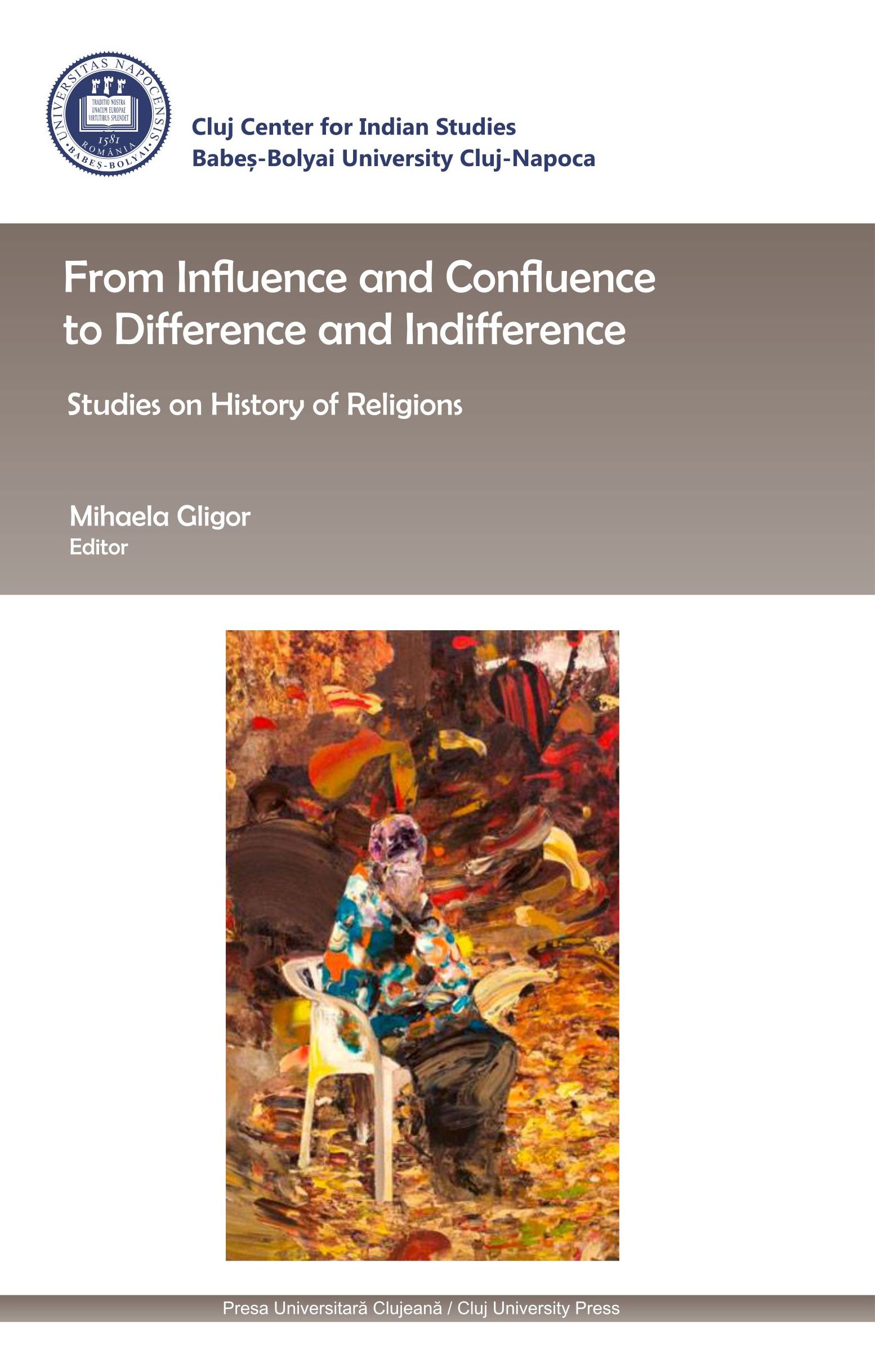Conflicting Methodological Metaphors Pertaining to Sameness and Difference: Eliade and Deleuze in Dialogue
Conflicting Methodological Metaphors Pertaining to Sameness and Difference: Eliade and Deleuze in Dialogue
Author(s): Carl Olson
Subject(s): Philosophy, Essay|Book Review |Scientific Life, History of Philosophy, Theology and Religion, Comparative Studies of Religion, Contemporary Philosophy, Cultural Essay, Sociology of Religion, History of Religion
Published by: Presa Universitara Clujeana
Keywords: Metaphors; Dialogue; Difference; Mircea Eliade; Giles Deleuze
Summary/Abstract: In this paper, I propose to examine the postmodern challenge to hermeneutics exercised by historians of religions by using the hermeneutical method of Mircea Eliade as an example of an approach that has been used in Religious Studies scholarship. This hermeneutical method is compared to the postmodern approach of Gilles Deleuze and special attention will be focused on the importance of difference among postmodernists. We will witness that Eliade’s approach to the study of religion is shaped by fundamentals of Enlightenment philosophy and its representational mode of thinking that is evident in his use of the phenomenological method, intentionality, intuition, morphological classification, and his stress upon order over chaos instead of the simulacra discussed by numerous postmodern thinkers. It is possible, of course, to also find romantic thinking and the influence of Eastern Orthodox religiosity on Eliade’s thinking, but such considerations can be suspended for another paper. The phenomenological aspects of Eliade’s method presuppose a metaphysical stance and a coherence theory of truth, which are diametrically opposed to the overall postmodern position of Gilles Deleuze and his emphasis on difference. Moreover, this paper is narrowly focused on Eliade’s morphological classification expressed by the metaphor of a tree, which is compared to Deleuze’s rhizomatic method and its reliance on the metaphor of the root. This essay also compares the two thinkers on the problem of time and history because of their relationship to the hermeneutics of the two thinkers. Moreover, this paper examines the presuppositions of both positions and the advantages and disadvantages of these approaches for the future study of religion.
- Page Range: 76-113
- Page Count: 38
- Publication Year: 2015
- Language: English
- Content File-PDF

